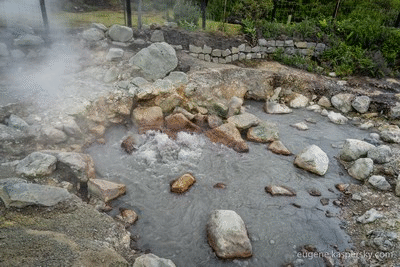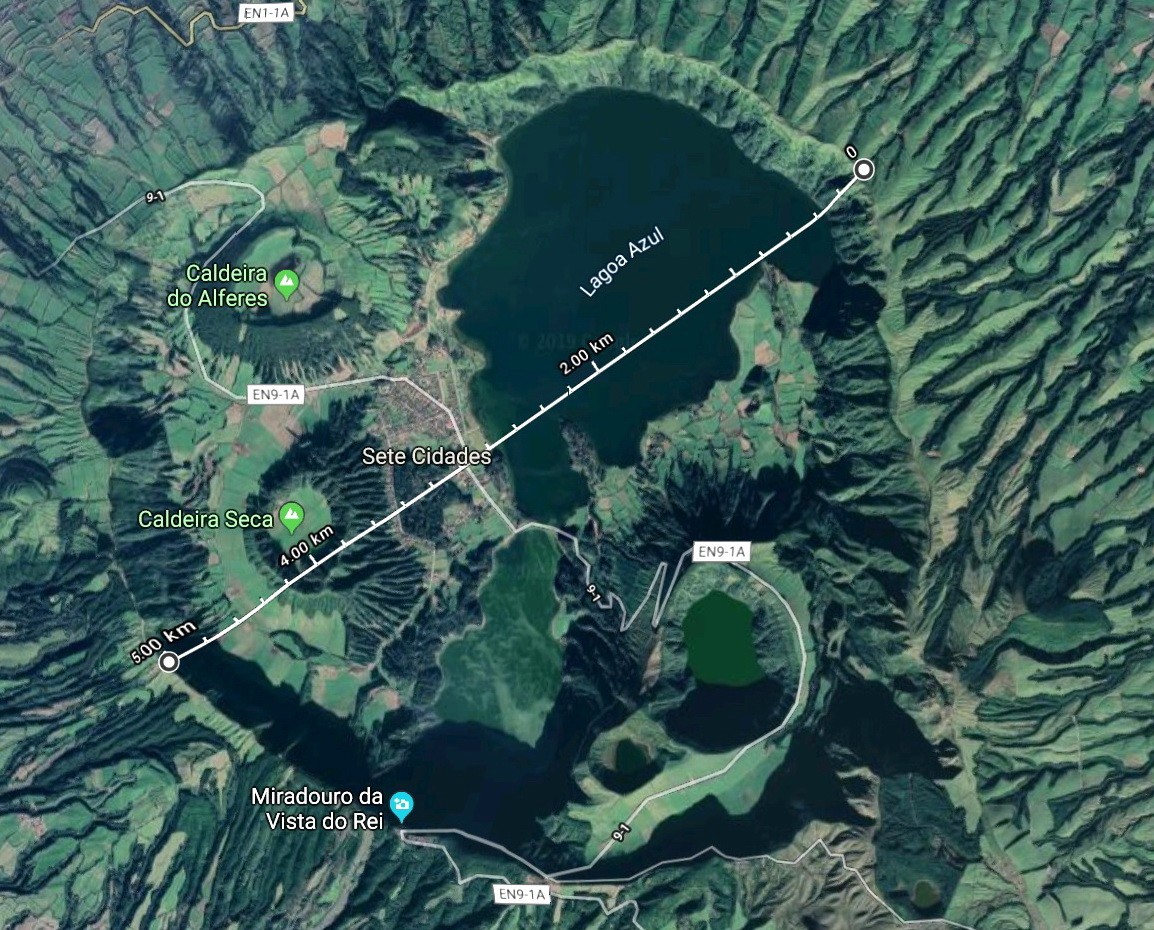September 20, 2019
Backward-flying seagulls; whales, trout, cod, turquoise sea… and the Death Star prototype.
Hi folks,
Onward I narrate about our expedition round the Kurils this summer…
The weather on the Kurils is unpredictable, for sure. For most of the previous two days, up on the caldera of the King of the Volcanoes, the weather couldn’t have been pleasanter. This day, on the other hand – just the opposite: the wind was blowing a gale, and the rain was pouring down in torrents. Still, I won’t go over the wicked Kurilian weather again; I’ve mentioned it plenty before, including here. Nothing to add – apart from the fact that nothing has changed ).
Anyway, on this day of hurricanes-and-raining-cats-and-dogs, we had planned an inspection of Onekotan‘s Nemo Peak, and possibly even a climb to the top of it, since it’s not so tall (a little over 1000 meters). However, the weather failed to grant us permission (.
























